Home>Renovation & DIY>Tools & Equipment>What Type Of Simple Machine Is A Screwdriver
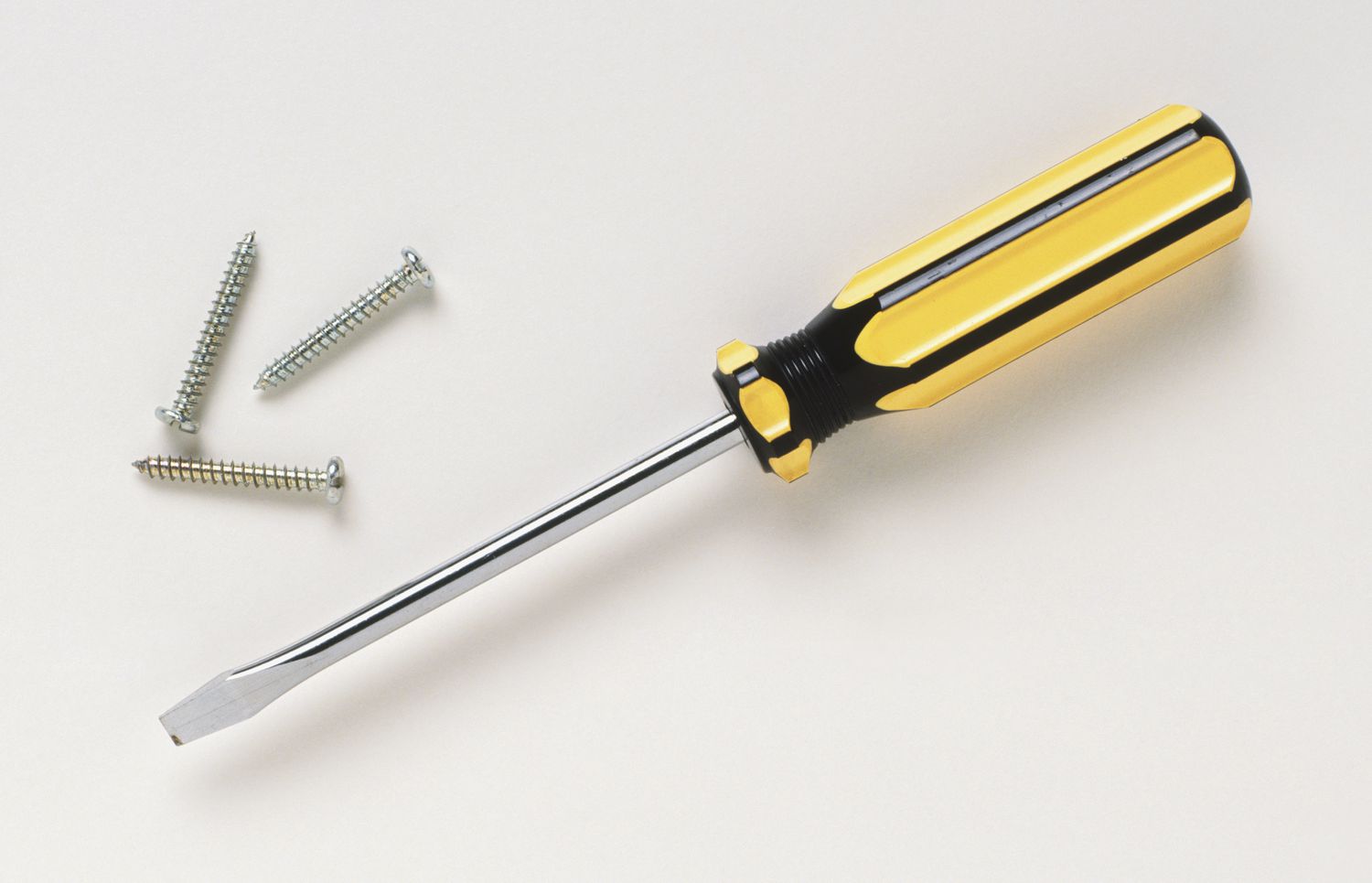

Tools & Equipment
What Type Of Simple Machine Is A Screwdriver
Modified: August 24, 2024
Find out what type of simple machine a screwdriver is and explore more about tools and equipment. Discover the significance of this versatile tool and its various uses.
(Many of the links in this article redirect to a specific reviewed product. Your purchase of these products through affiliate links helps to generate commission for Storables.com, at no extra cost. Learn more)
Introduction
A screwdriver is a versatile and essential tool that is commonly used for various projects around the house or in professional settings. It falls under the category of simple machines, which are devices that make work easier by changing the direction or magnitude of a force. Screwdrivers, in particular, are designed to rotate screws into or out of objects by applying torque.
As a simple machine, screwdrivers harness the mechanical advantage of a screw to accomplish tasks with less effort. They are commonly used in woodworking, construction, automotive repair, and countless other applications where fastening or loosening screws is required. With the right screwdriver, one can confidently tackle a wide range of projects with precision and efficiency.
In this article, we will explore the different types of screwdrivers, their functions, and how they work. We will also discuss the advantages and limitations of using screwdrivers, as well as important safety considerations when wielding these tools.
Whether you’re a DIY enthusiast or a professional tradesperson, understanding the fundamentals of screwdrivers will empower you to choose the right tool for the job and use it effectively. So let’s dive in and uncover the wonders of this simple yet indispensable machine.
Key Takeaways:
- Screwdrivers are versatile, precise, and cost-effective tools used in woodworking, construction, electronics, automotive repairs, and DIY projects, making them indispensable for various applications.
- Prioritizing safety, choosing the right screwdriver for the task, and understanding its anatomy and functions are essential for efficient and safe use of screwdrivers in diverse projects.
Read more: What Are The Different Types Of Screwdriver
Definition of a Simple Machine
Before we delve into the specifics of screwdrivers, let’s first establish what constitutes a simple machine. In physics, a simple machine is a mechanical device that alters the magnitude or direction of a force to facilitate the performance of work. They are considered “simple” because they operate on basic principles and have minimal moving parts.
Simple machines are the building blocks of more complex machinery and are categorized into six main types:
- Lever
- Pulley
- Wheel and axle
- Inclined plane
- Wedge
- Screw
Each type of simple machine has unique characteristics and functions, but they all share the common goal of making work easier by either magnifying force, changing the direction of force, or both.
Screws, like the name suggests, fall under the category of simple machines. They consist of a helical inclined plane wrapped around a cylinder. When a rotational force, or torque, is applied to the screw, it moves linearly along its axis.
By utilizing the mechanical advantage of the inclined plane, a screw can exert a large amount of force over a relatively small distance. This makes screws an ideal means of fastening or tightening objects together.
Now that we understand the basic principle of a simple machine, let’s explore the intricacies of screwdrivers and how they make use of the screw mechanism to accomplish various tasks.
Overview of Screwdrivers
Screwdrivers are handheld tools that are specifically designed for driving screws into or out of objects. They are an essential component of any tool kit due to their versatility and wide range of applications. From assembling furniture to repairing electronics, a screwdriver is a go-to tool for fastening and loosening screws.
Screwdrivers come in a variety of shapes, sizes, and materials to suit different tasks and preferences. The most common types of screwdriver heads include flathead (or slotted), Phillips, and Torx. Each head type is designed to fit into the corresponding screw head, ensuring a secure grip and efficient turning.
In addition to the different head types, screwdrivers also vary in their handle designs. Handles can be made from plastic, wood, or rubberized materials, providing comfort and grip during use. Some screwdrivers even have specialized features like magnetic tips or ratcheting mechanisms for added convenience.
Screwdrivers are relatively simple tools, consisting of a handle and a shaft with a tip that fits into the screw head. The tip is inserted into the screw, and force is applied to the screwdriver’s handle to rotate the screw either clockwise (to tighten) or counterclockwise (to loosen).
While screwdrivers are primarily used for screws, they can also be utilized for other purposes. For instance, a flathead screwdriver can double as a small pry tool or a scraper, while a Phillips screwdriver can be used to open paint cans. The versatility of screwdrivers extends beyond their main function, making them a valuable tool in a variety of situations.
Now that we have a general overview of screwdrivers, let’s take a closer look at their anatomy and how they function.
Anatomy of a Screwdriver
To better understand how a screwdriver works, let’s break down its anatomy into its main components:
- Handle: The handle is the part of the screwdriver that is gripped by the user. It provides comfort and control during operation. Handles can come in various shapes and materials, such as plastic, wood, or rubberized grips, to accommodate different preferences and reduce user fatigue.
- Shaft: The shaft is the long, narrow portion of the screwdriver that connects the handle to the tip. It is typically made of steel or another durable material to withstand the forces exerted during use. The shaft can vary in length, with shorter shafts providing more control and access in tight spaces, while longer shafts offer increased leverage.
- Tip: The tip of a screwdriver is the part that fits into the screw head. It is specially shaped to match the corresponding screw type, ensuring a precise fit and efficient turning. The most common screwdriver tip types include flathead (slotted), Phillips, and Torx.
It is important to note that the shape and size of the screwdriver tip must match the screw it is intended to be used with. Using the wrong tip can result in stripping the screw head or causing damage to the tool.
In addition to these main components, some screwdrivers may have additional features and mechanisms:
- Magnetized Tip: Certain screwdriver tips are magnetized, allowing them to attract and hold onto screws. This feature can be especially helpful when working in tight or hard-to-reach spaces.
- Ratcheting Mechanism: Ratcheting screwdrivers have a mechanism that allows for continuous turning in one direction without having to remove and reposition the tool. This can save time and effort when driving or removing numerous screws.
- Interchangeable Bits: Some screwdrivers have a handle that can accept interchangeable screwdriver bits. This provides versatility and the ability to use a variety of tip styles and sizes with the same handle.
By understanding the different components of a screwdriver, you can select the right tool for the job and ensure optimal performance and durability.
How a Screwdriver Works
At its core, a screwdriver works by converting rotational motion into linear motion to drive or remove screws. The screwdriver’s design allows it to exert torque on the screw, either tightening or loosening it as needed.
When using a screwdriver, the first step is to select the appropriate tip that matches the screw head. The tip is inserted into the corresponding slot or recess in the screw head, ensuring a secure fit.
To drive a screw in, the user applies rotational force to the screwdriver’s handle. This force is transferred through the shaft and directed onto the screw’s head. As the user turns the handle clockwise, the screwdriver engages with the screw’s threads, causing the screw to move into the material being fastened.
Conversely, to remove a screw, the user applies rotational force in the opposite direction, counterclockwise. The screwdriver grips onto the screw’s head and turns it in reverse, causing the screw to move out of the material.
The effectiveness of a screwdriver in driving or removing screws depends on several factors, such as the fit between the tip and the screw head, as well as the torque applied by the user. It is important to use the appropriate size and type of screwdriver to ensure a secure grip and prevent damage to the screw or the tool.
The mechanical advantage of a screwdriver lies in the helical inclined plane of the screw itself. This inclined plane allows the screw to exert a large amount of force over a small distance. As the user rotates the screwdriver, the helical threads of the screw push against the material, either pushing it apart (when driving in) or pulling it together (when removing).
By converting rotational motion into linear motion, a screwdriver provides a simple and effective means of fastening or loosening screws. Whether it’s assembling furniture, repairing appliances, or working on a DIY project, the proper use of a screwdriver allows for precise control and reliable results.
Now that we know how a screwdriver works, let’s explore the different types of screwdrivers available and their specific functions.
Read more: What Type Of Screwdriver To Open Iphone 5
Types of Screwdrivers and Their Functions
Screwdrivers come in various types, each designed for specific screw heads and applications. Here are some common types of screwdrivers and their corresponding functions:
- Flathead Screwdriver: Also known as a slotted screwdriver, this is one of the oldest and simplest screwdriver types. It features a flat, single-bladed tip that fits into the straight slot of flathead screws. Flathead screwdrivers are commonly used for general-purpose tasks, particularly on household items and electrical outlets.
- Phillips Screwdriver: The Phillips screwdriver has a cross-shaped tip that fits into Phillips screws, which have a cross-shaped slot. Phillips screws are widely used in appliances, electronics, and machinery. The cross-shaped design allows the screwdriver tip to engage the screw more securely, reducing the risk of slippage or damage to the screw head.
- Torx Screwdriver: Torx screwdrivers are used for Torx screws, which have a six-point star pattern. These screws provide increased torque transfer and are commonly found in automotive applications, electronics, and appliances. The Torx screwdriver’s unique tip design prevents cam-out and allows for a higher level of torque transmission.
- Hex Screwdriver: Hex screwdrivers, also known as Allen wrenches, have a hexagonal (six-sided) tip that fits into hex screws. These screws are commonly used in furniture assembly, bicycle components, and machinery. Hex screwdrivers provide a secure fit and allow for precise control when tightening or loosening hex screws.
- Robertson Screwdriver: Robertson screwdrivers feature a square-shaped tip that fits into Robertson screws, which have a square recess. This type of screwdriver is popular in construction and woodworking industries, offering increased torque and reduced risk of slipping during use.
- Torq-Set Screwdriver: Torq-Set screwdrivers are used for Torq-Set screws, which have a cruciform-shaped recess with additional lobes. This type of screwdriver is commonly used in aerospace, electrical, and automotive industries, where high torque and precise engagement are required.
These are just a few examples of the many types of screwdrivers available. It is important to choose the right screwdriver for the specific task at hand to ensure a secure grip, prevent damage to screws, and effectively complete the job.
It is worth noting that many screwdriver sets come with interchangeable bits, allowing for versatility and the ability to accommodate multiple screw types with a single handle. This can be convenient for those who work with various screw types or engage in a wide range of projects.
By having the appropriate screwdriver for each screw type, you can work efficiently, reduce the risk of damaging screws or materials, and achieve professional-looking results.
Now that we have explored the different types of screwdrivers and their functions, let’s discuss the advantages and limitations of using screwdrivers in various applications.
Advantages and Limitations of Screwdrivers
Screwdrivers are essential tools that offer several advantages when it comes to fastening and loosening screws. However, it’s important to be aware of their limitations as well. Let’s explore the advantages and limitations of using screwdrivers:
Advantages:
- Versatility: Screwdrivers are versatile tools that can be used for a wide range of applications. From assembling furniture and appliances to working on electronics or automotive repairs, screwdrivers are invaluable in many scenarios.
- Precision: Screwdrivers allow for precise control over the amount of torque applied to screws. This precision is essential in tasks where over-tightening or under-tightening can cause damage or compromise the integrity of the material being worked on.
- Ease of Use: Screwdrivers are relatively simple and easy to use. With minimal moving parts, they are straightforward to operate and require minimal maintenance.
- Cost-effective: Screwdrivers are generally affordable and readily available. They are a cost-effective tool to have in any toolbox, making them accessible to both professionals and DIY enthusiasts.
Limitations:
- Manual Labor: Screwdrivers require manual effort to operate. Tightening or loosening numerous screws can be time-consuming and physically demanding, especially if the screws are small or located in hard-to-reach areas.
- Limited Torque: While screwdrivers provide sufficient torque for most applications, there may be instances where higher torque is necessary. In such cases, power tools like electric or pneumatic screwdrivers may be more suitable.
- Compatibility: Screwdrivers must be matched with the correct screw head type and size to ensure a proper fit and prevent damage to the screw and tool. Using an incompatible screwdriver can lead to stripped screws or damaged tool bits.
- Specialized Screws: Some screws, such as security screws or specialty fasteners, may require specialized screwdrivers that are not commonly found in standard screwdriver sets. This may require additional tools or purchasing specific screwdrivers for these applications.
Despite these limitations, screwdrivers remain an essential tool in many industries and for various tasks. They offer versatility, precision, and cost-effectiveness for everyday projects and repairs.
Now that we understand the advantages and limitations of screwdrivers, let’s explore the diverse applications where screwdrivers excel.
A screwdriver is a type of simple machine known as a wheel and axle. The handle acts as the wheel, while the shaft of the screwdriver acts as the axle, allowing for the application of torque to drive screws.
Applications of Screwdrivers
Screwdrivers have extensive applications in numerous industries and everyday tasks. Their versatility and ability to handle a wide range of screw types make them indispensable tools for various projects. Let’s explore some common applications of screwdrivers:
- Woodworking: Screwdrivers are frequently used in woodworking projects to secure wooden joints, assemble furniture, or attach hardware. They provide the necessary torque to drive screws into wood, ensuring a sturdy and reliable connection.
- Construction and Remodeling: From building structures to renovating homes, screwdrivers play a vital role in construction and remodeling projects. They are used to install or remove screws in drywall, metal frames, electrical outlets, and other construction components.
- Electronics and Appliances: Screwdrivers are essential for repairing and maintaining electronics and appliances. They are used to open and close device casings, replace batteries, tighten connections, and repair circuit boards.
- Automotive Repair: Screwdrivers are regularly employed in automotive repair tasks. They are utilized for removing interior panels, replacing trim pieces, adjusting headlights, and various other tasks that involve screws in automotive components.
- Industries: Screwdrivers find extensive use in industries such as manufacturing, aerospace, electrical, and more. They are utilized for assembling, disassembling, and maintaining machinery, equipment, and components using a range of different screws.
- DIY Projects: Whether it’s building shelves, installing fixtures, or repairing household items, screwdrivers are essential for DIY enthusiasts. They enable individuals to complete a wide array of projects around the house, saving money and fostering a sense of accomplishment.
These are just a few examples of the many applications of screwdrivers. From large-scale construction projects to small-scale DIY tasks, screwdrivers offer the necessary precision and control to work with screws in various materials and industries.
When choosing a screwdriver for a specific application, it is important to consider factors such as the screw type, size, and the material being worked on. This ensures the right tool is selected for the job, resulting in efficient and effective work.
Now that we have explored the applications of screwdrivers, let’s discuss some important considerations for choosing the right screwdriver for a task.
Choosing the Right Screwdriver for the Task
Choosing the appropriate screwdriver for a specific task is crucial for achieving optimal results and ensuring efficient and safe work. Here are some considerations to keep in mind when selecting the right screwdriver:
- Screw Type: Identify the type of screw you are working with. Determine if it is a flathead, Phillips, Torx, hex, or another type. Choose a screwdriver with a matching tip to ensure a secure fit and prevent damage to the screw head.
- Screw Size: Consider the size of the screw. Screwdrivers come in various sizes to accommodate different screw sizes. Using the wrong-sized screwdriver can result in stripped screw heads or a lack of grip, leading to potential injuries or damage to the tool.
- Material: Take into account the material you are working on. Different materials, such as wood, metal, or plastic, may require different screwdriver types to ensure proper screw installation or removal without causing damage.
- Handle Comfort: Consider the handle design and comfort. A comfortable grip reduces fatigue and improves control during use. Choose a screwdriver with a handle material and shape that suits your preferences and provides a secure grip.
- Special Features: Evaluate any special features that may be beneficial for the project at hand. These can include magnetic tips for dealing with small screws or ratcheting mechanisms for quick and continuous screwing or unscrewing.
- Quality: Invest in a high-quality screwdriver. Quality tools are more durable, provide better performance, and are less likely to strip or damage screws. They may cost more upfront but can save you money in the long run.
Remember, using the right screwdriver for the task not only ensures successful screw installation or removal but also minimizes the risk of injuries and damage to the screws or materials being worked on.
It is also helpful to have a variety of screwdrivers available in your toolbox to cover a wide range of tasks and screw types. Screwdriver sets with interchangeable tips can offer convenience and versatility, allowing you to switch between different screwdrivers without the need for multiple handles.
By considering these factors when selecting a screwdriver, you can confidently choose the right tool for the job, resulting in efficient and high-quality workmanship.
Now that we understand how to choose the right screwdriver, let’s discuss some important safety considerations when using this tool.
Safety Considerations when Using a Screwdriver
While screwdrivers are commonly used tools, it is essential to prioritize safety when working with them. By following these safety considerations, you can execute your tasks with confidence and minimize the risk of accidents or injuries:
- Protective Gear: Wear appropriate personal protective equipment (PPE) such as safety glasses or goggles to shield your eyes from flying debris or accidental slips.
- Stable and Clean Workspace: Ensure your work surface is stable, clean, and well-lit. This helps to prevent accidents and allows for better control while using the screwdriver.
- Secure Grip: Hold the screwdriver with a firm and secure grip to maintain control and prevent slipping. Avoid applying excessive force or pressure that could lead to hand fatigue or loss of control.
- Proper Tool Usage: Use the screwdriver only for its intended purpose, which is driving or removing screws. Avoid using it as a pry bar, chisel, or any other tool not designed for screw driving.
- Inspect the Screwdriver: Before each use, inspect the screwdriver for any signs of damage. Ensure the handle and shaft are intact, and the tip is in good condition. Avoid using a damaged screwdriver as it may compromise your safety.
- Avoid Using Excessive Force: Use the right amount of force when driving or removing screws. Applying too much force can lead to slipping or stripping of the screw, potentially causing injury or damaging the work surface.
- Watch Your Fingers: Keep your fingers clear of the screwdriver’s path and away from the screw head to prevent accidental slips or injuries. Always be mindful of your hand placement while using a screwdriver.
- Store Safely: Store screwdrivers in a designated location, away from reach of children or anyone who is not trained to use them. Keep them organized to prevent accidental mishandling or injuries.
- Unplug Power Tools: If using a power screwdriver or working near power tools, ensure they are unplugged or turned off when not in use. This prevents accidental engagement and reduces the risk of electric shocks.
- Follow Instructions: Always follow the manufacturer’s instructions for proper use and maintenance of the screwdriver. Familiarize yourself with the tool’s features, limitations, and safety recommendations.
Remember, safety should always be a priority when working with any tool, including screwdrivers. By adhering to these safety considerations, you can create a safe and secure working environment while achieving your desired results.
Now that we have covered safety considerations, let’s conclude our exploration of screwdrivers.
Conclusion
Screwdrivers are simple yet indispensable tools that have a wide range of applications in various industries and everyday tasks. Their ability to drive and loosen screws with precision makes them a must-have tool in any toolbox, whether for DIY projects or professional use.
We explored the different types of screwdrivers, including flathead, Phillips, Torx, hex, Robertson, and Torq-Set, each designed for specific screw types and applications. Choosing the right screwdriver for the task ensures optimal performance, prevents damage to screws and materials, and increases efficiency.
Additionally, we discussed the advantages and limitations of screwdrivers. While they offer versatility, precision, ease of use, and cost-effectiveness, it is important to be aware of their limitations, such as manual labor requirements and compatibility with certain screw types.
Safety considerations play a crucial role when using screwdrivers. Wearing protective gear, maintaining a stable workspace, using a secure grip, and following proper tool usage guidelines are essential for minimizing accidents and injuries.
Whether it’s woodworking, construction, electronics, automotive repairs, or DIY projects, screwdrivers are indispensable tools for fastening and loosening screws. By understanding their anatomy, functions, and applications, you can confidently select the right screwdriver for the job and achieve professional-quality results.
Remember, safety and proper tool usage should always be prioritized when working with screwdrivers or any other tools. By following the guidelines and recommendations outlined in this article, you can work efficiently, protect yourself from potential hazards, and enjoy the satisfaction of a job well done.
So, next time you reach for a screwdriver, embrace its simplicity and unleash its power to create, repair, and build with confidence!
Frequently Asked Questions about What Type Of Simple Machine Is A Screwdriver
Was this page helpful?
At Storables.com, we guarantee accurate and reliable information. Our content, validated by Expert Board Contributors, is crafted following stringent Editorial Policies. We're committed to providing you with well-researched, expert-backed insights for all your informational needs.
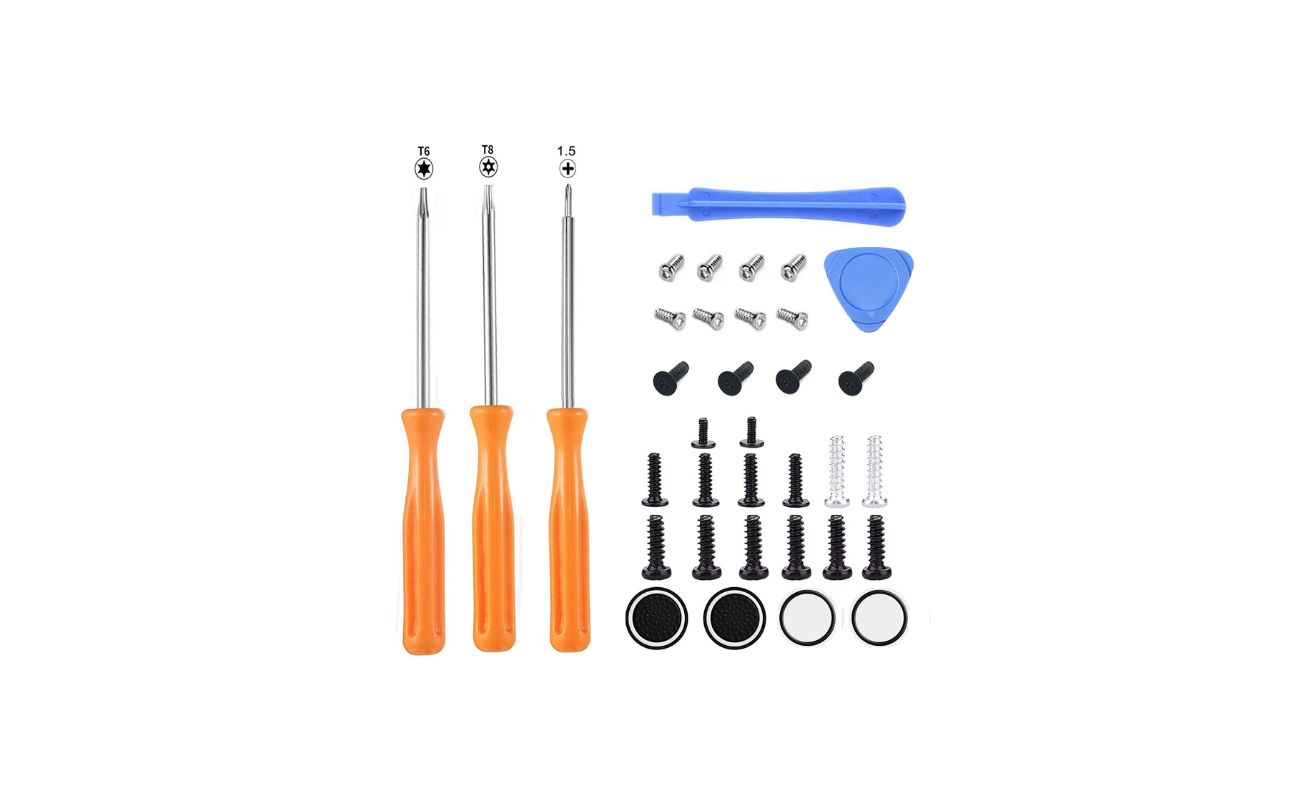
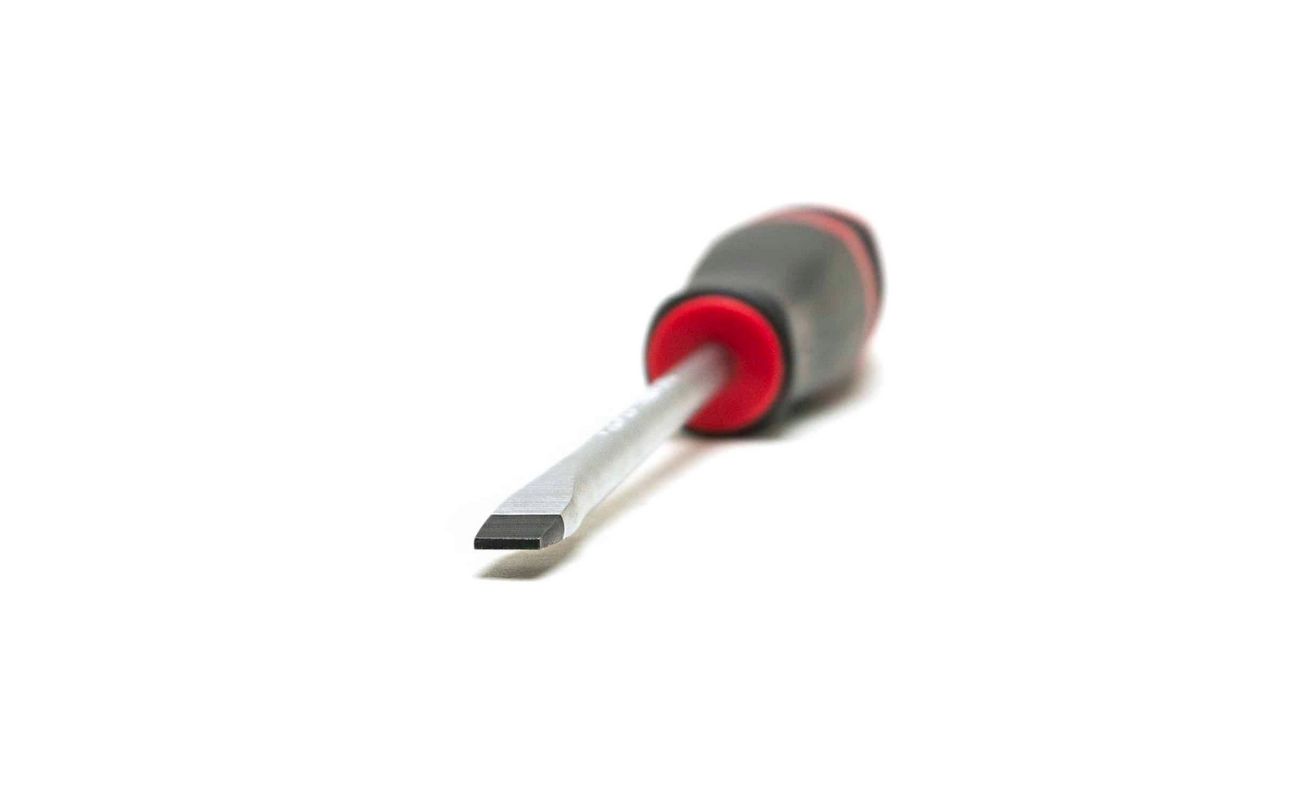
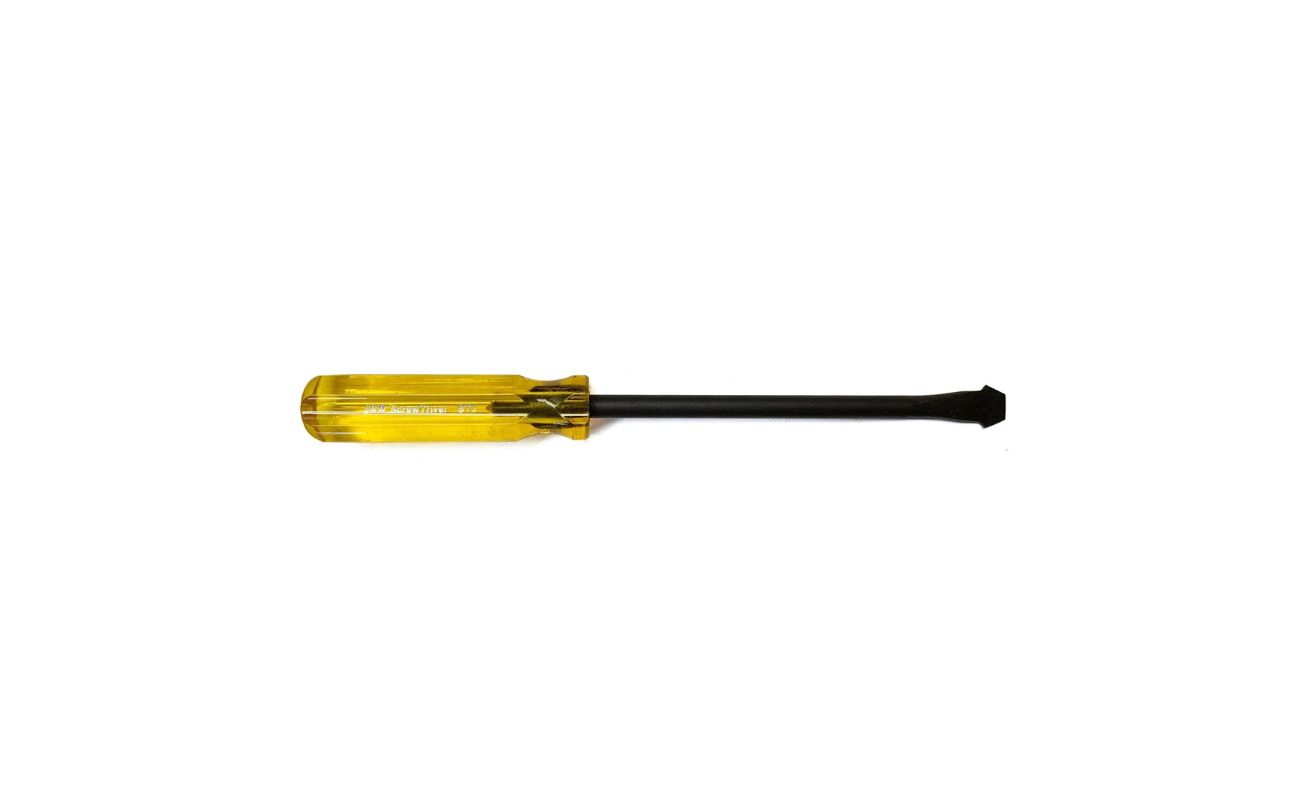
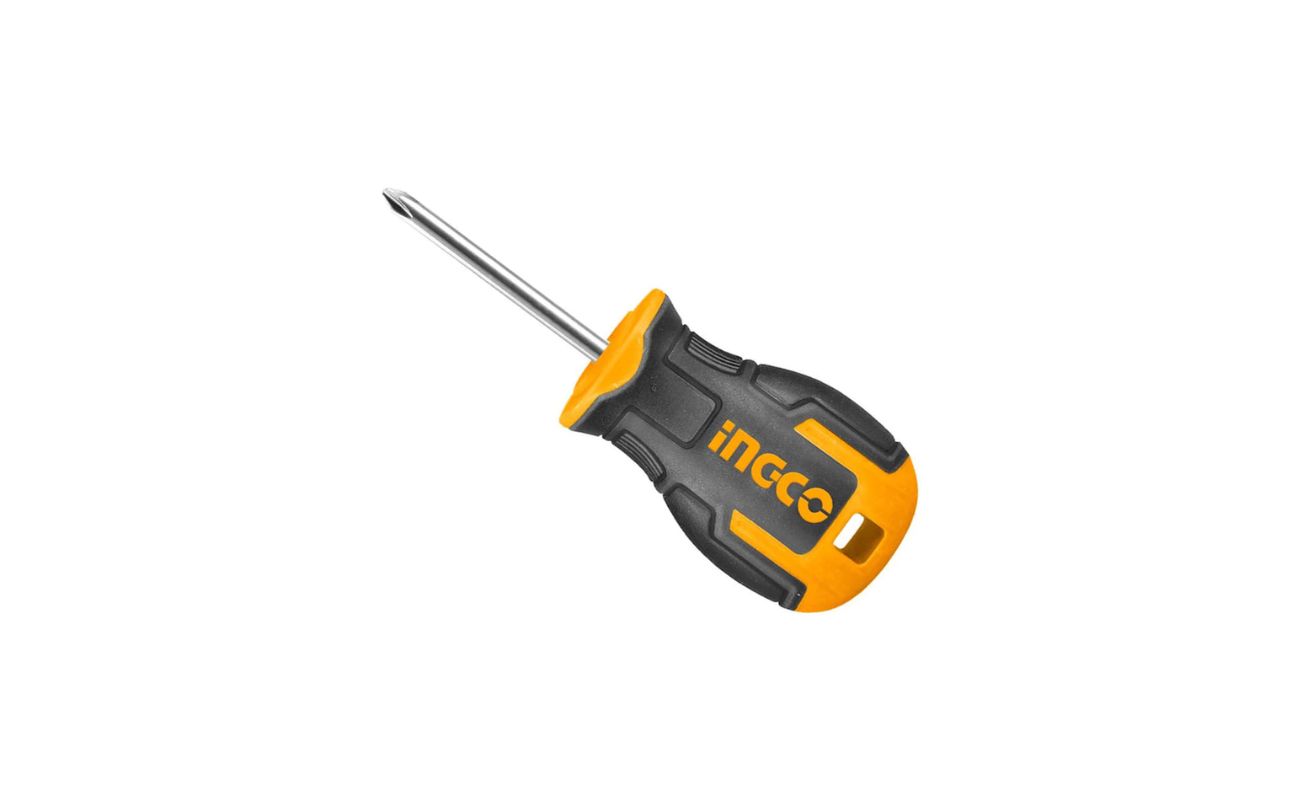
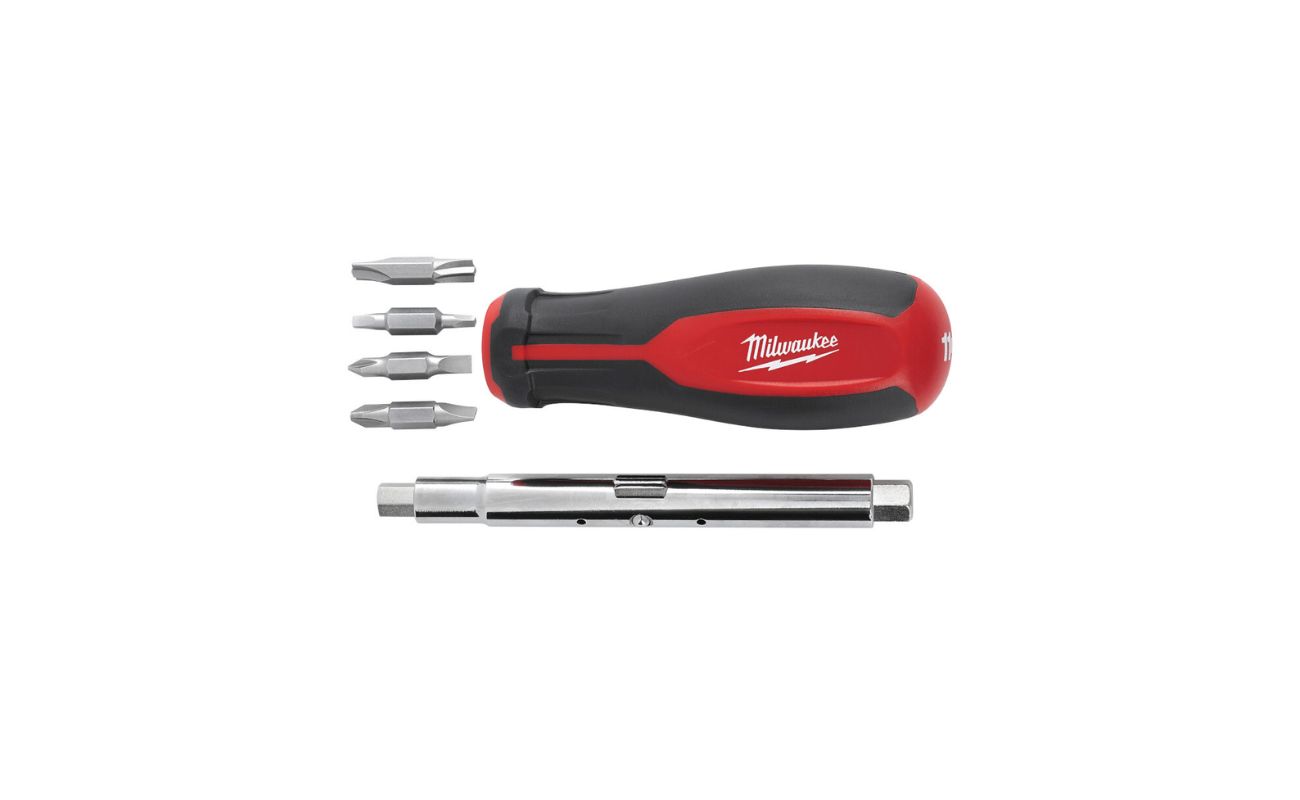
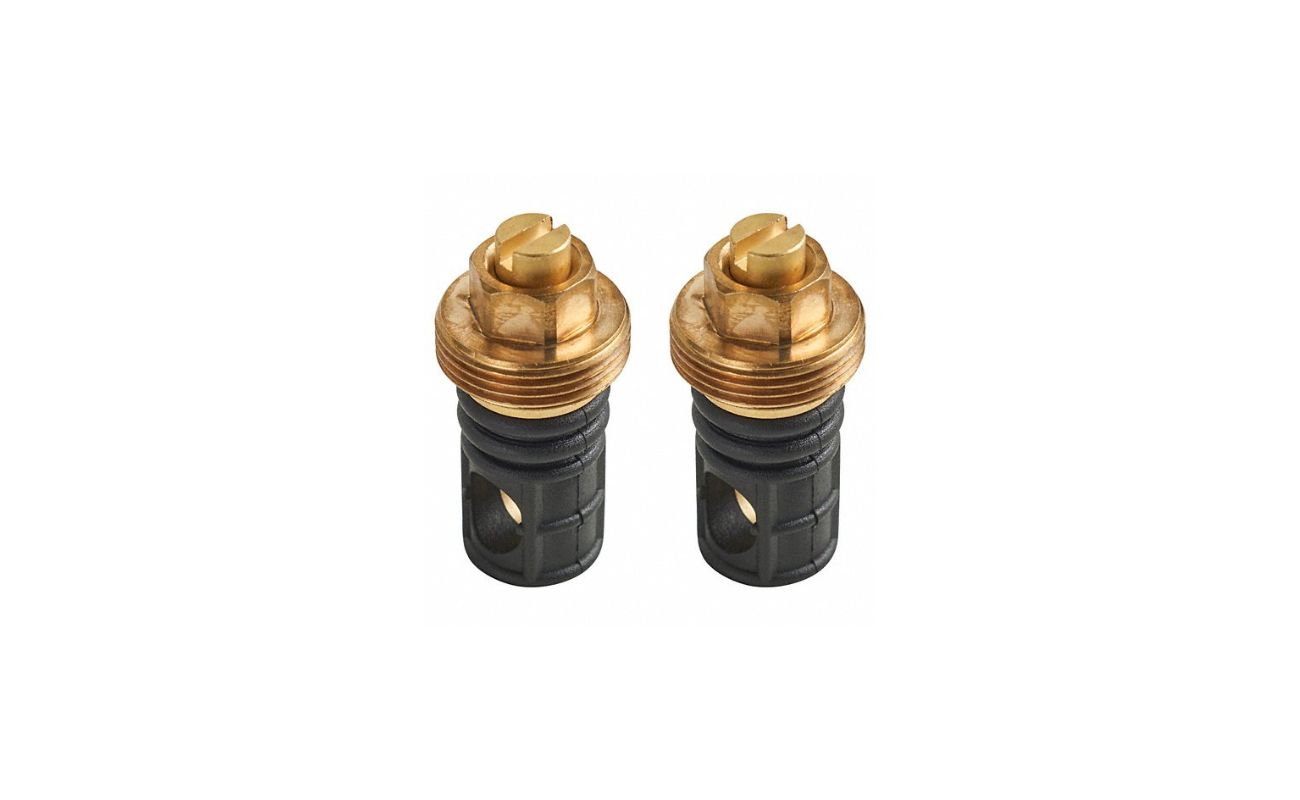
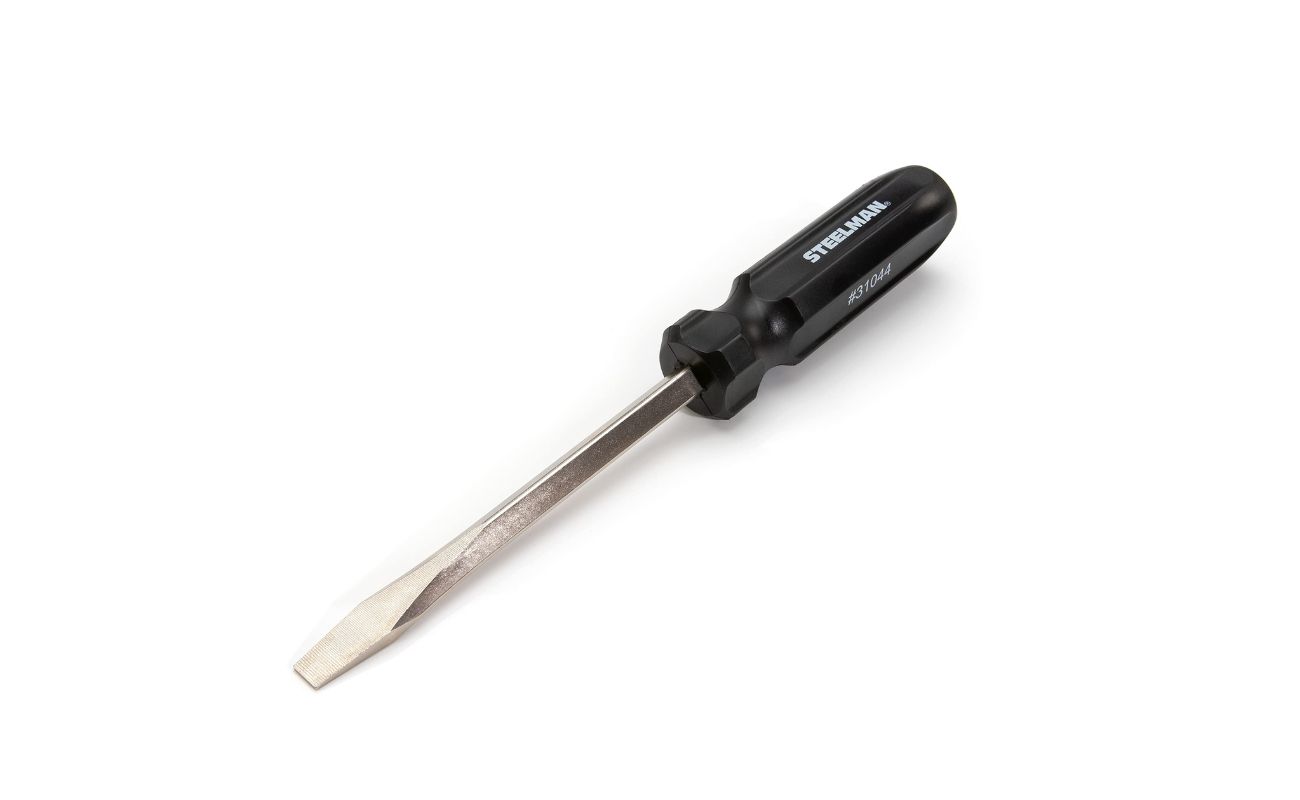
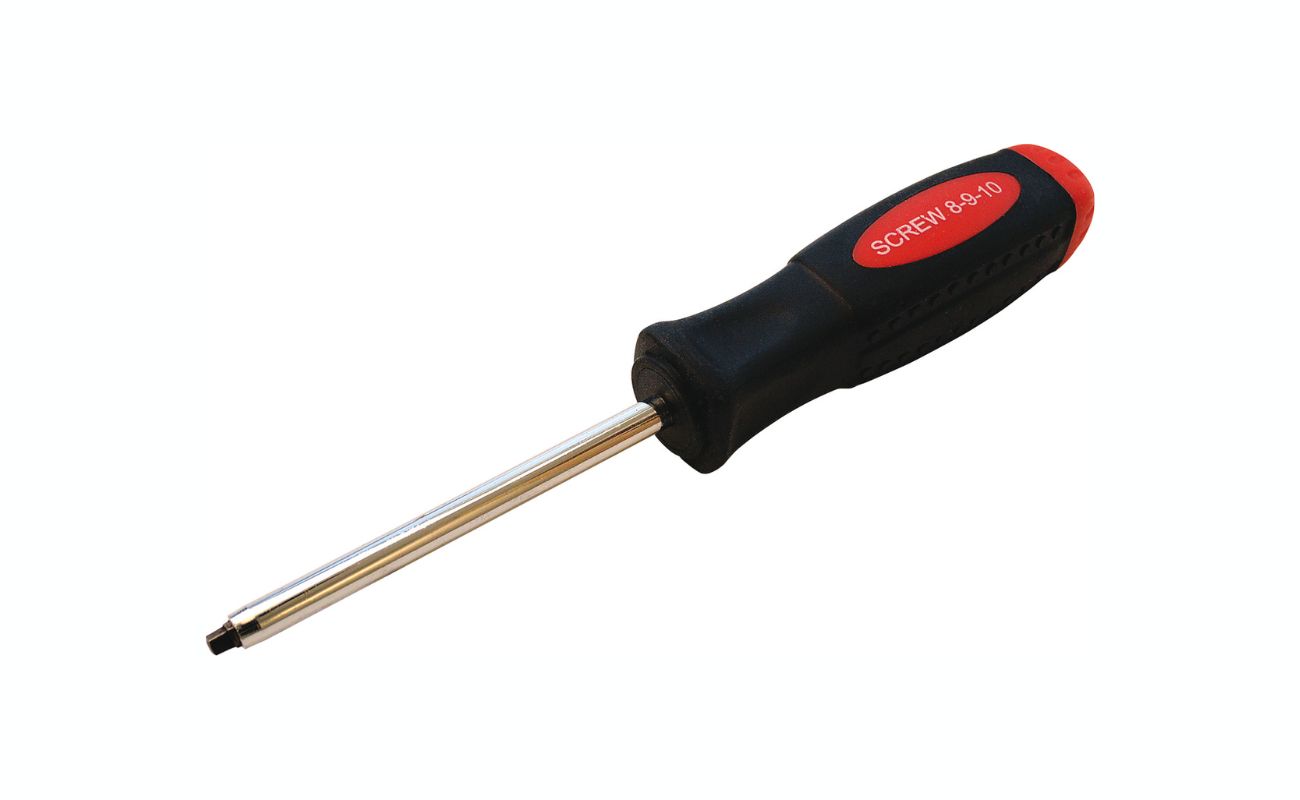
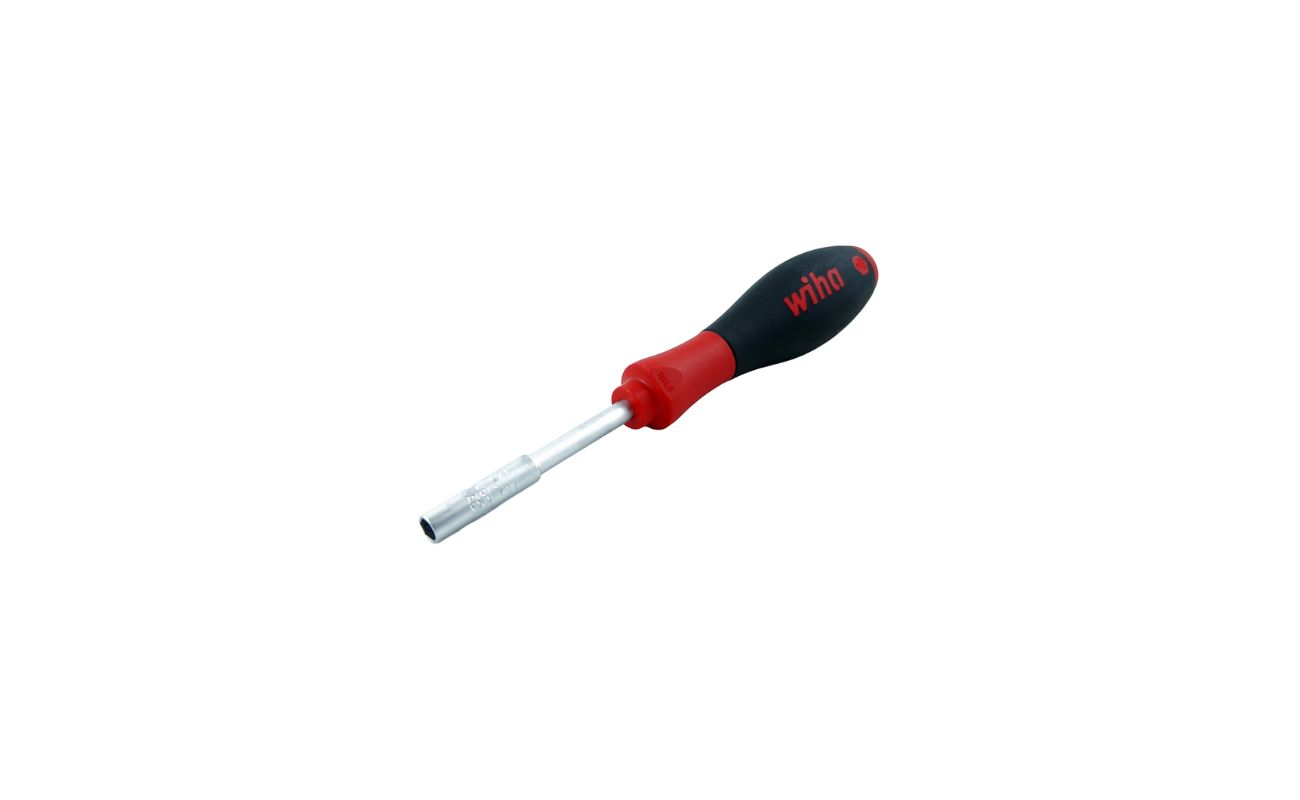
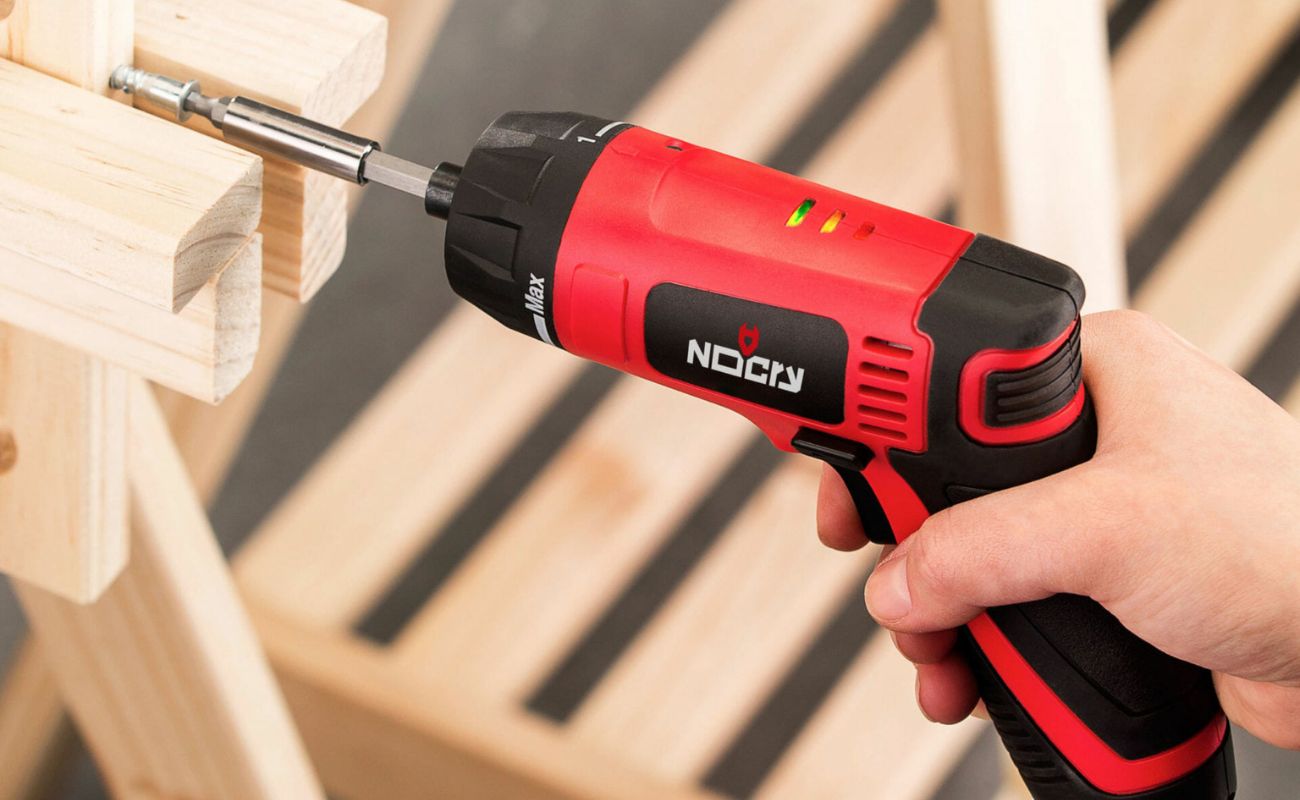

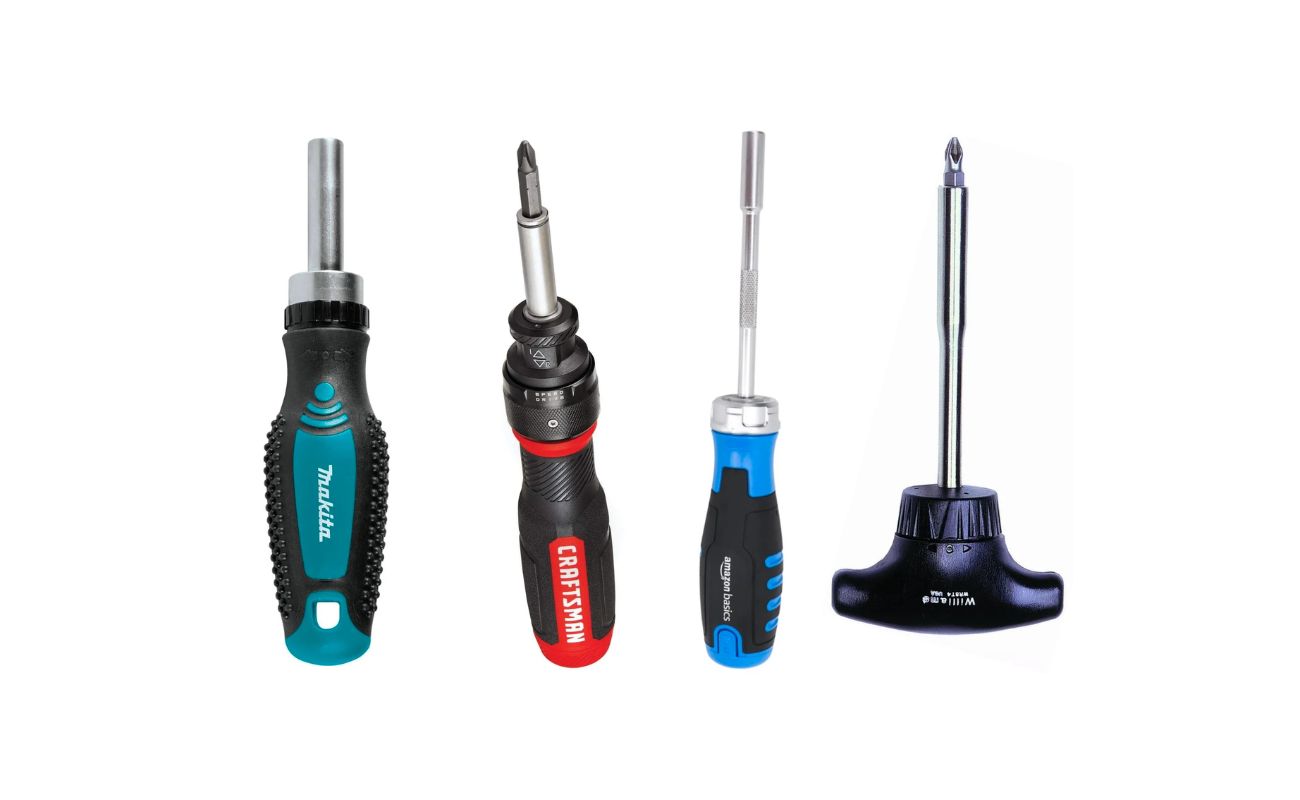
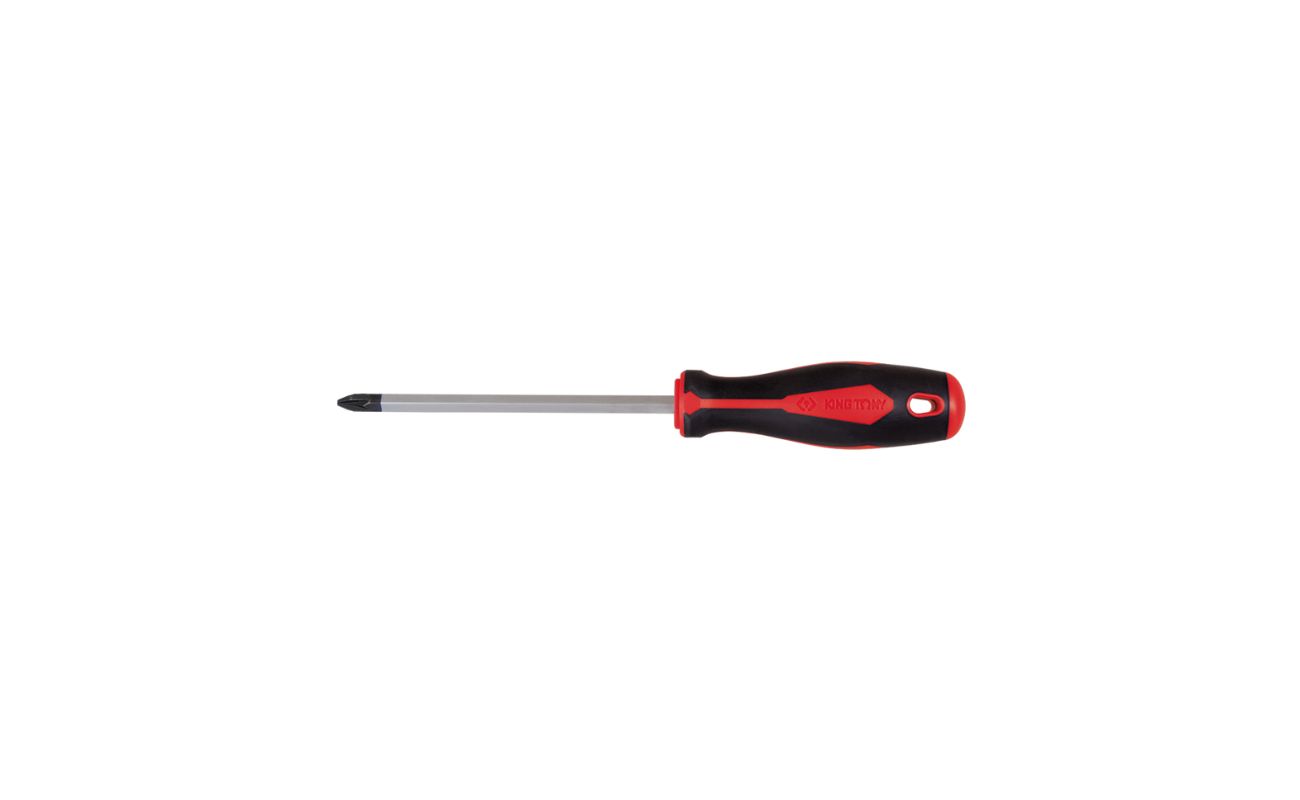

0 thoughts on “What Type Of Simple Machine Is A Screwdriver”